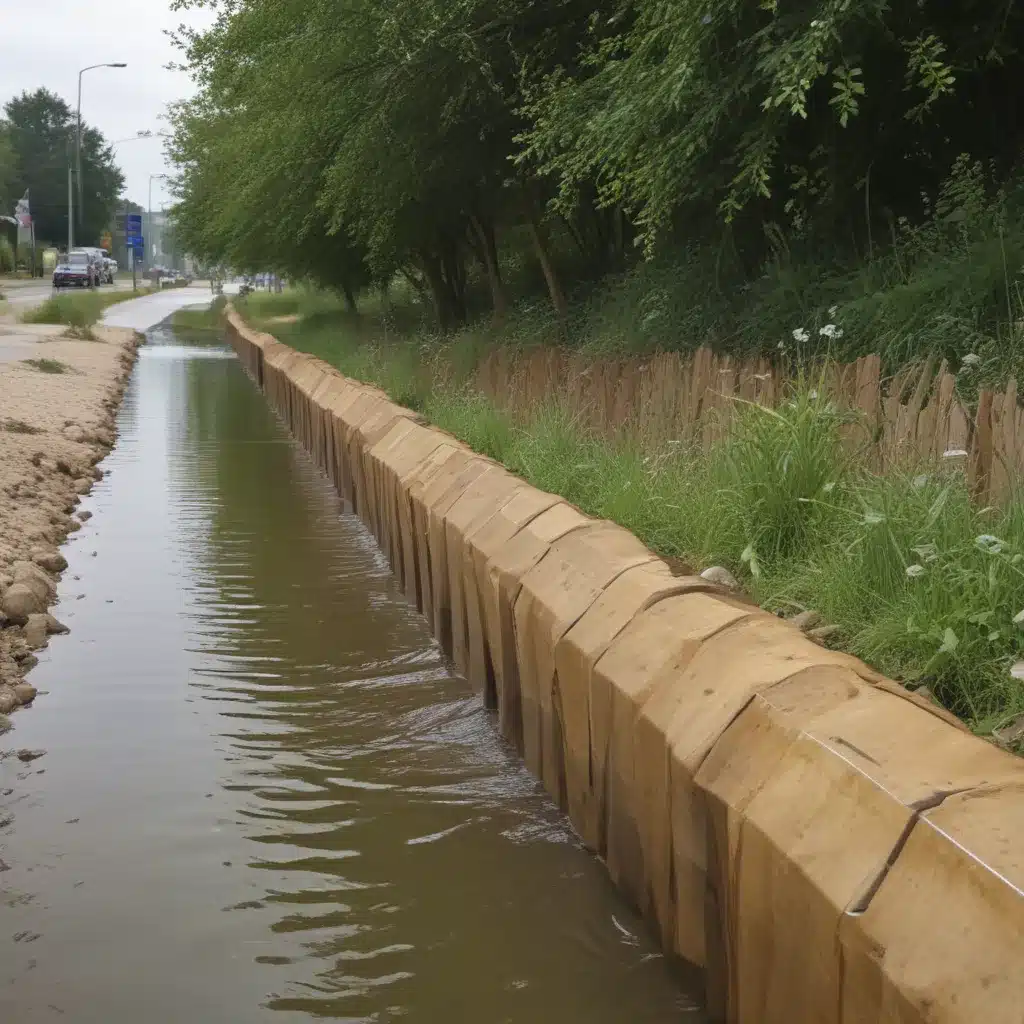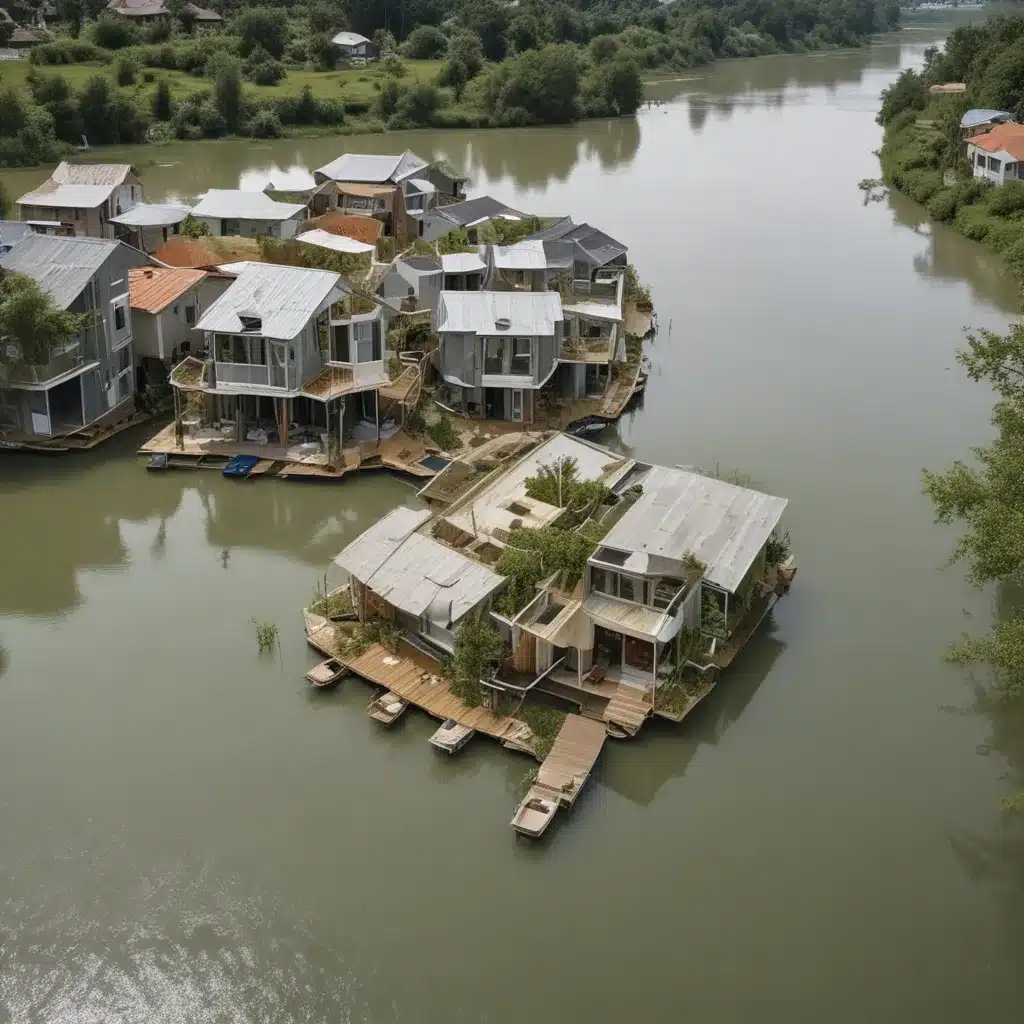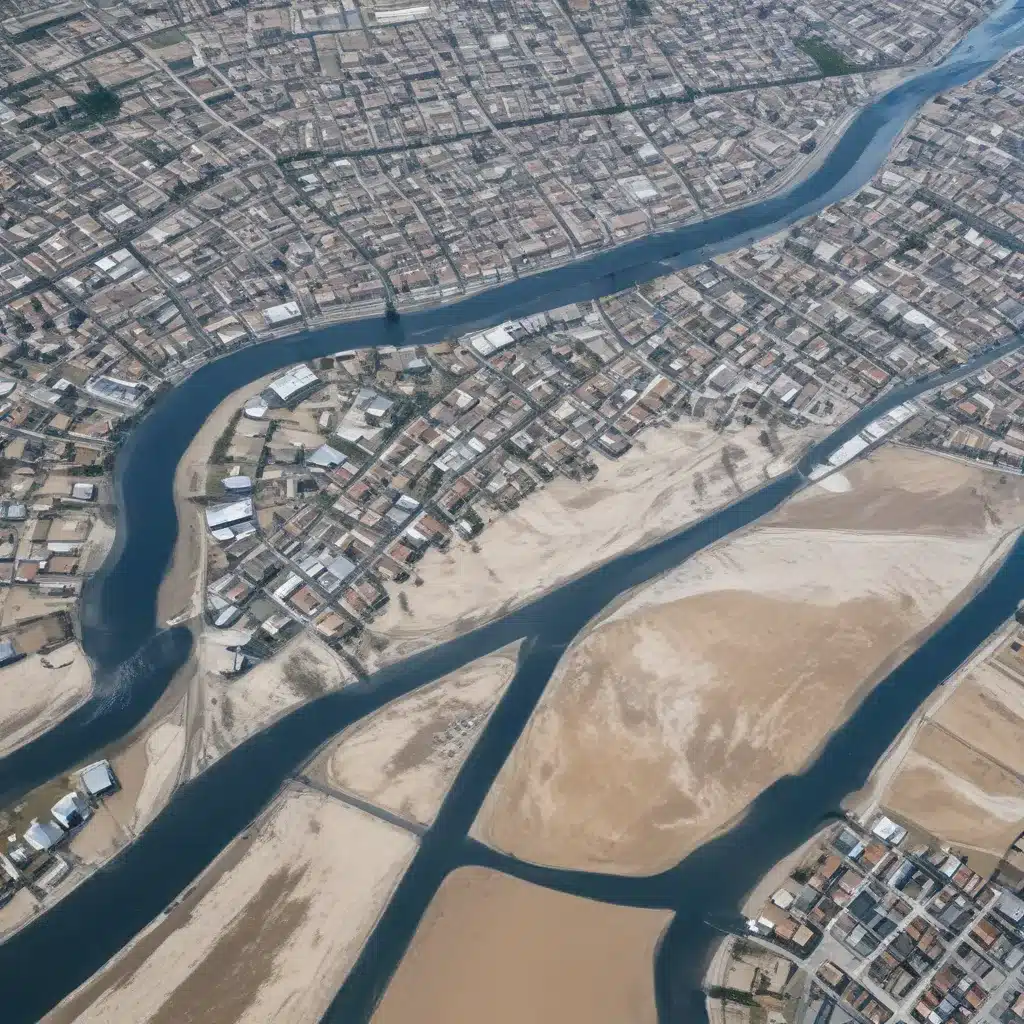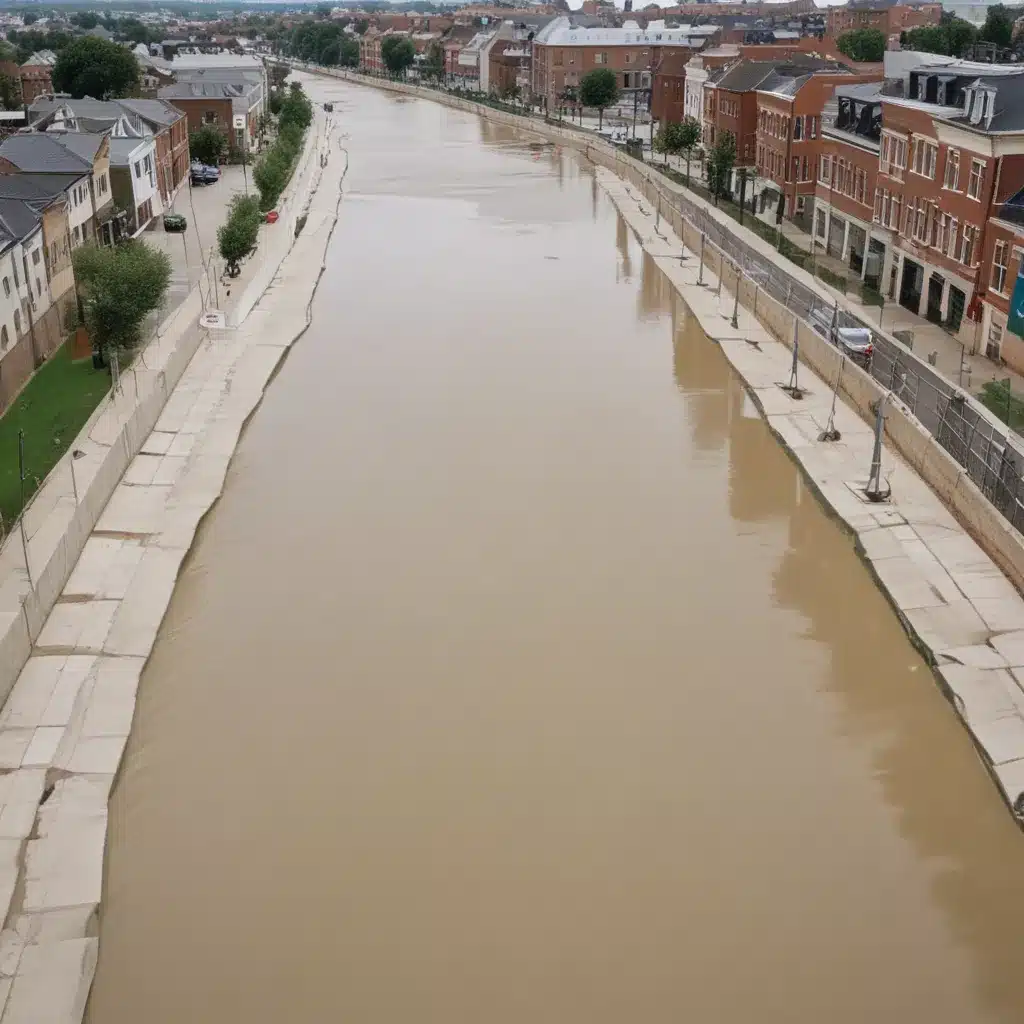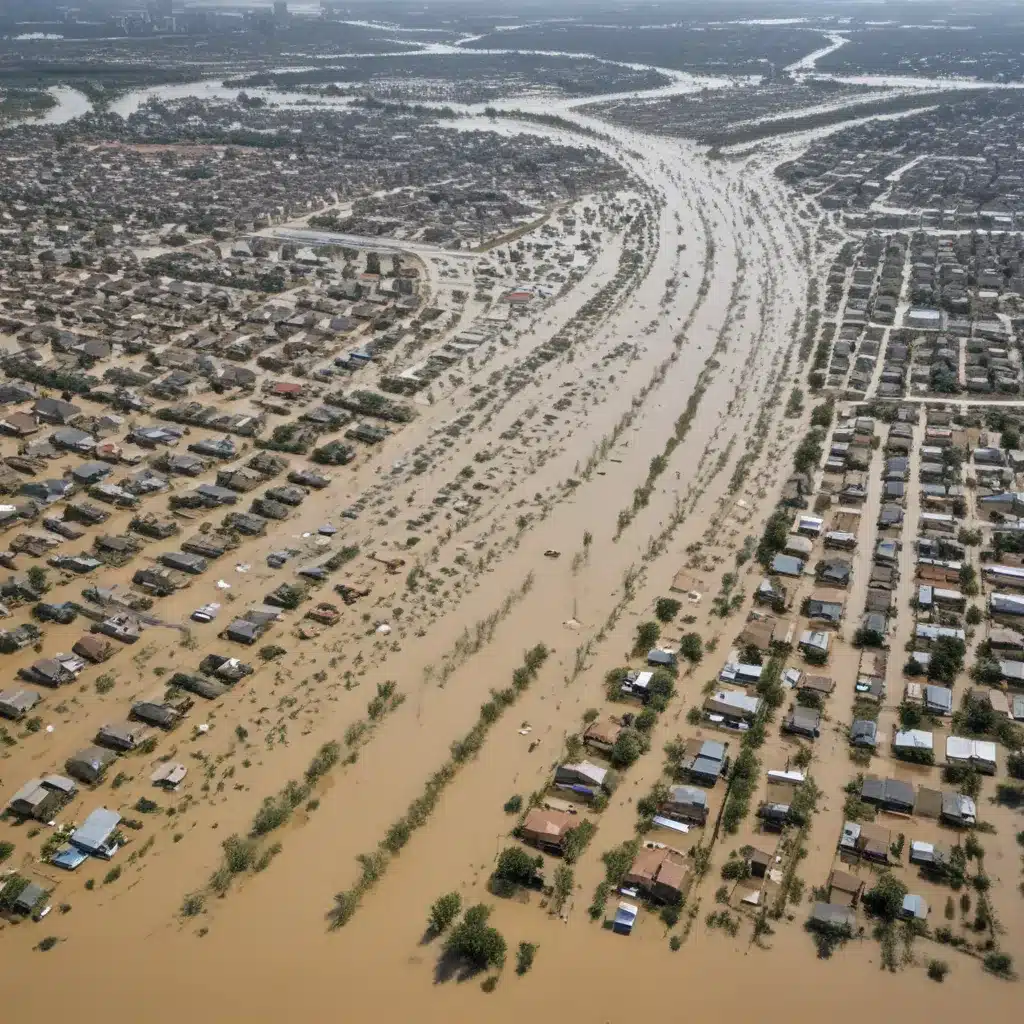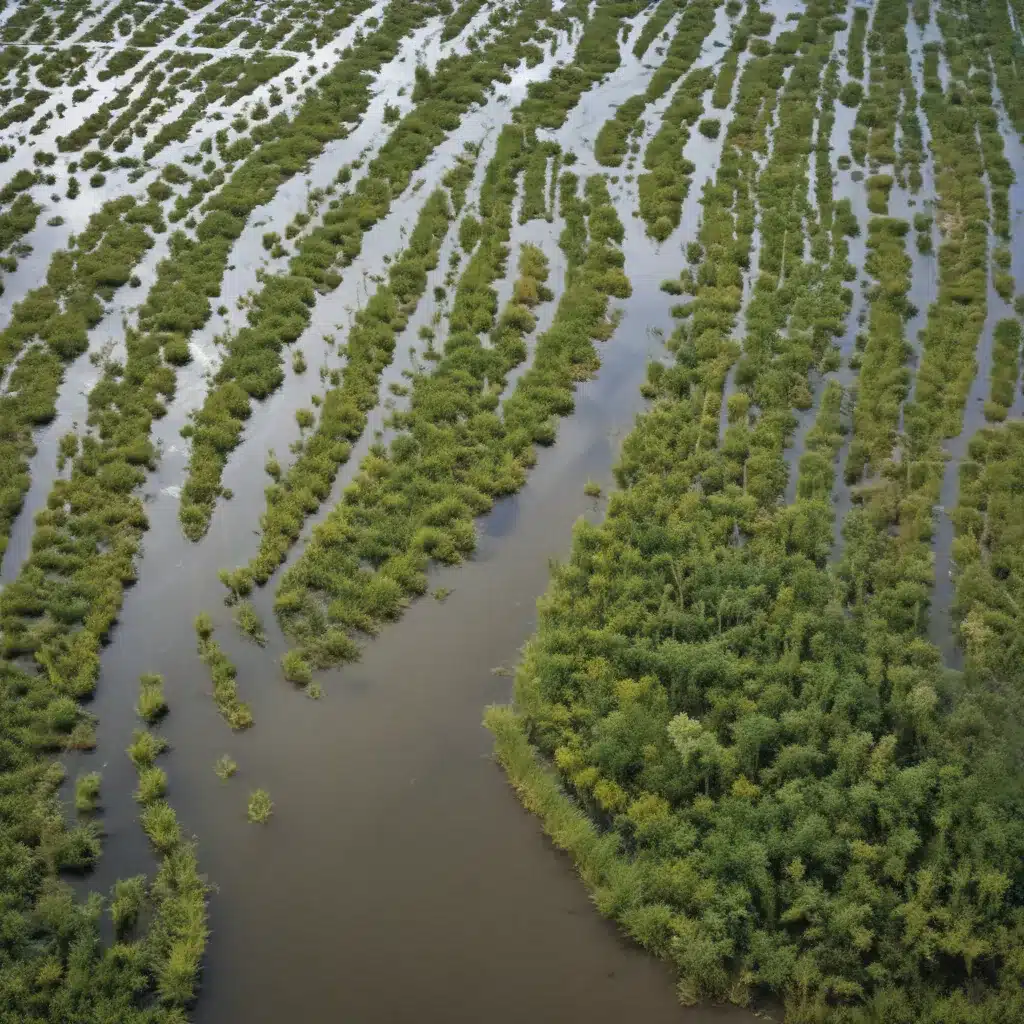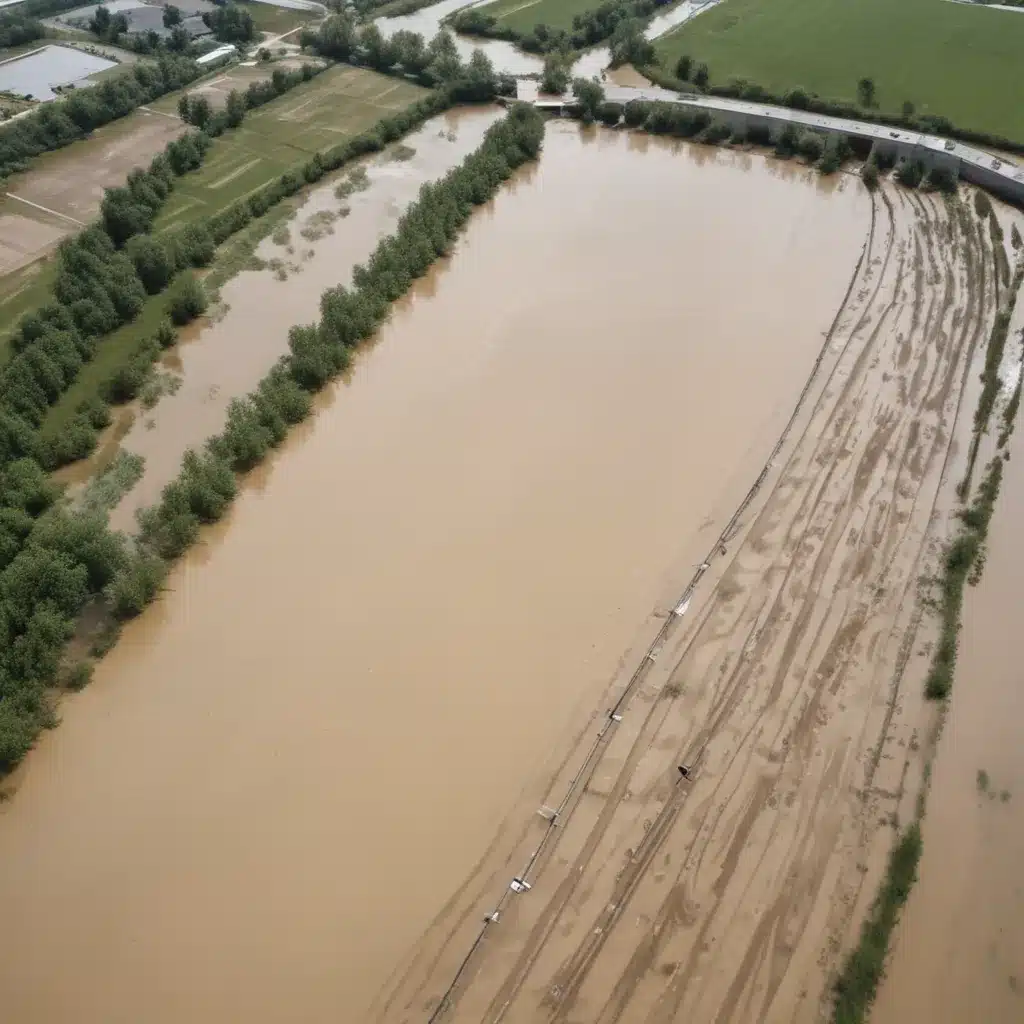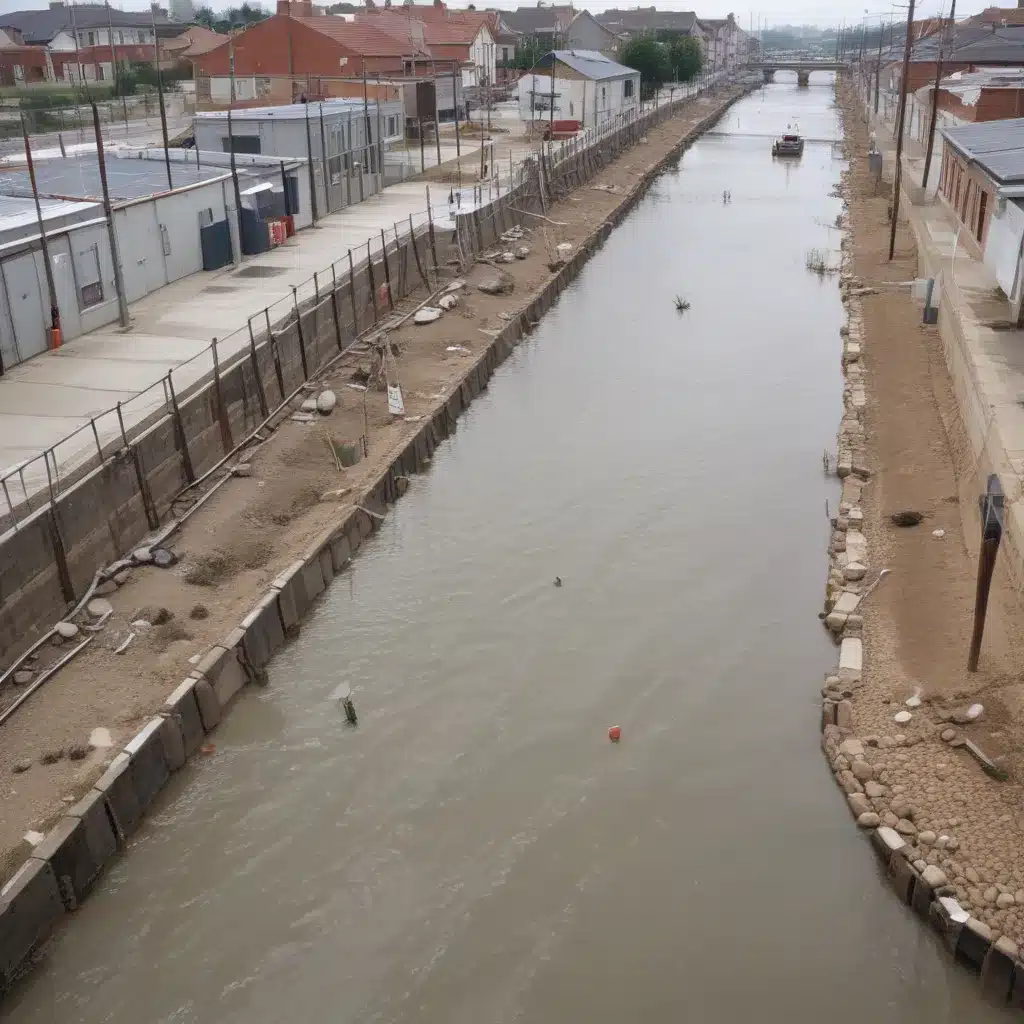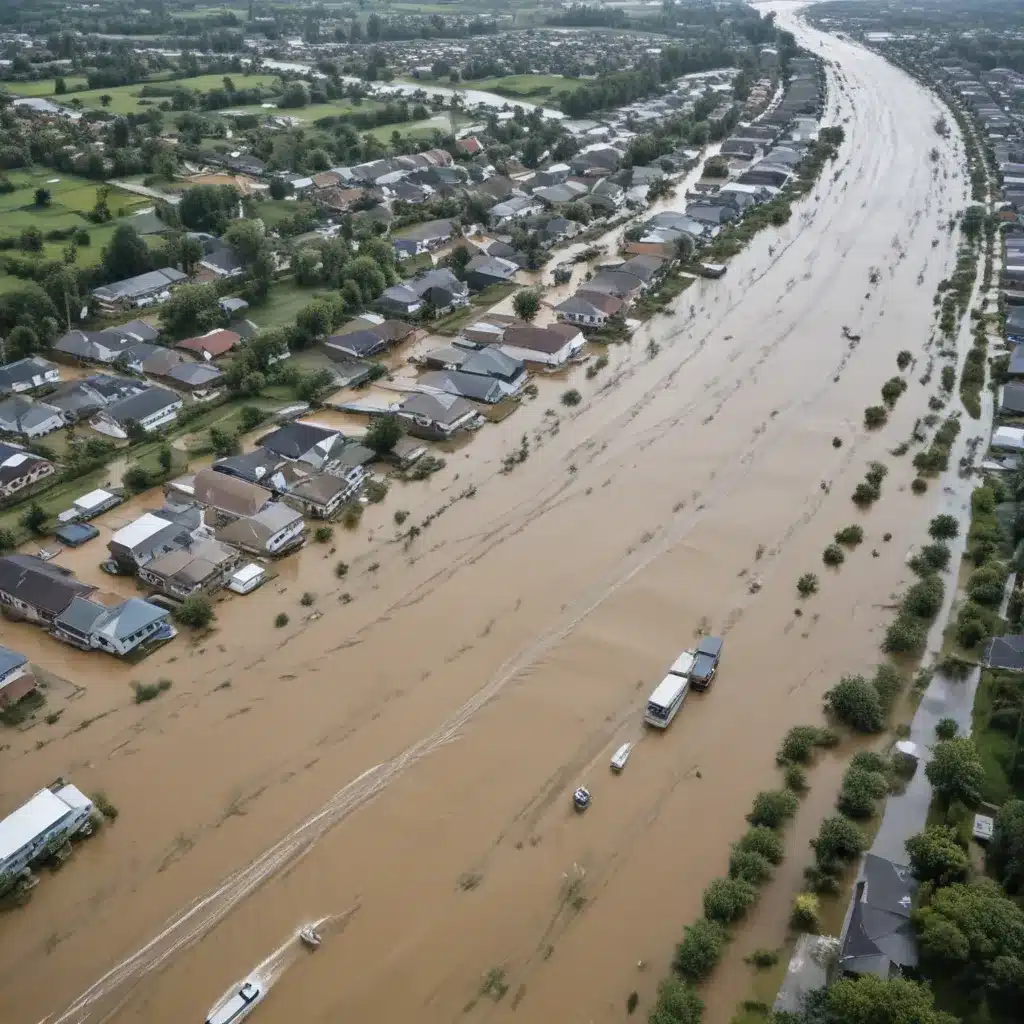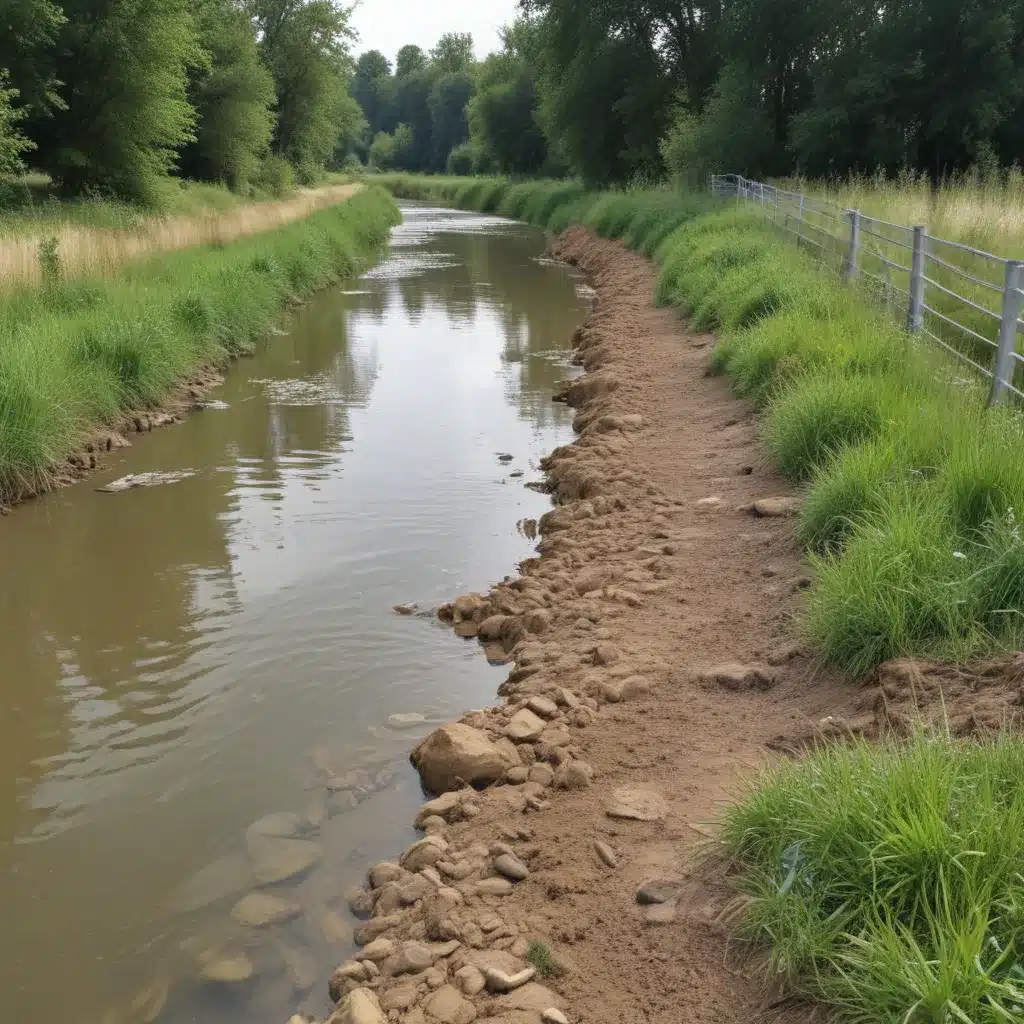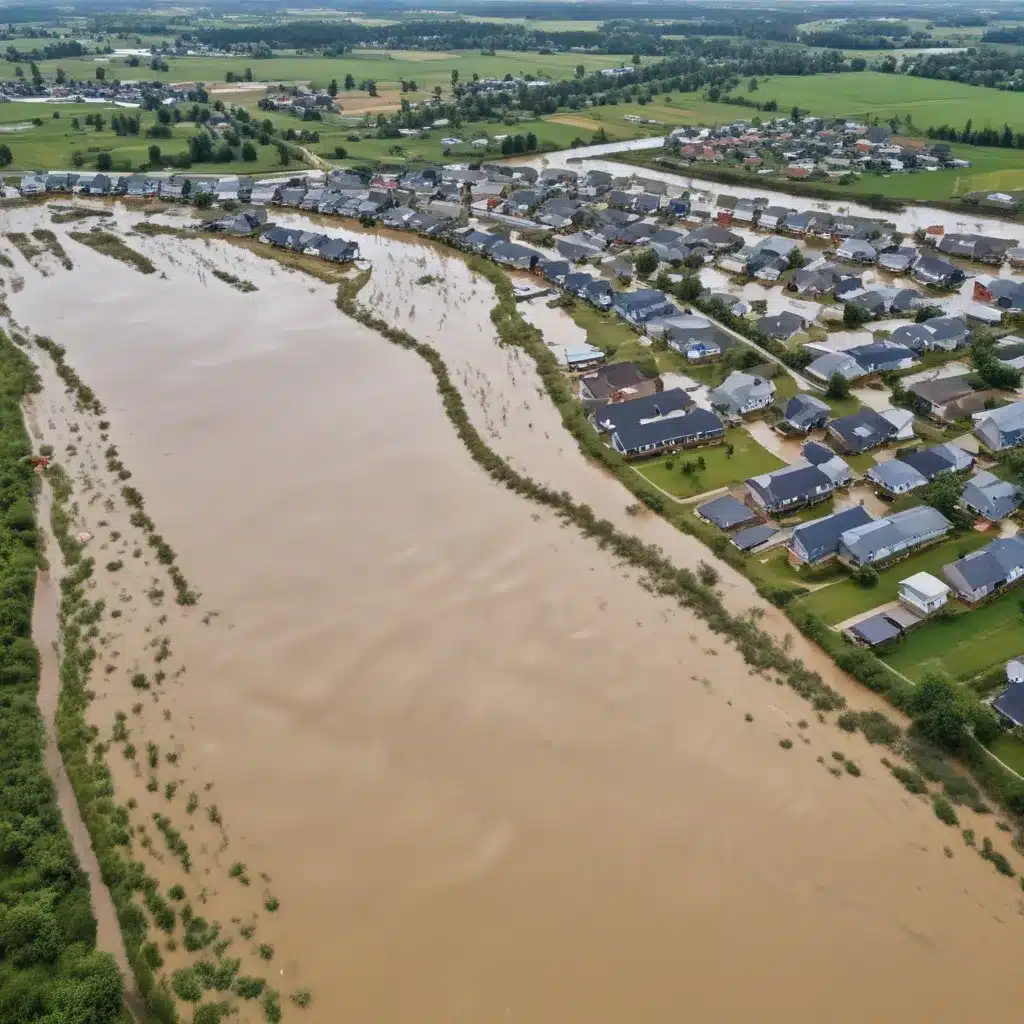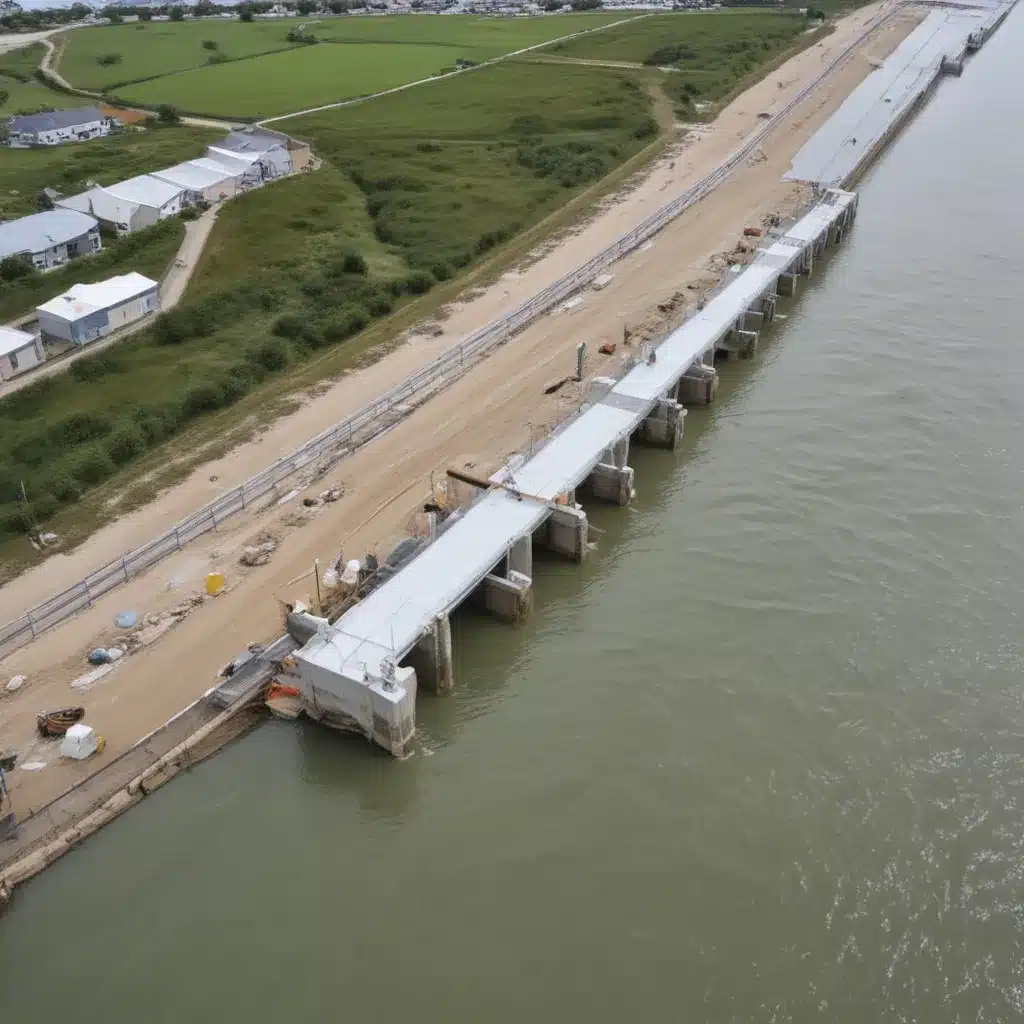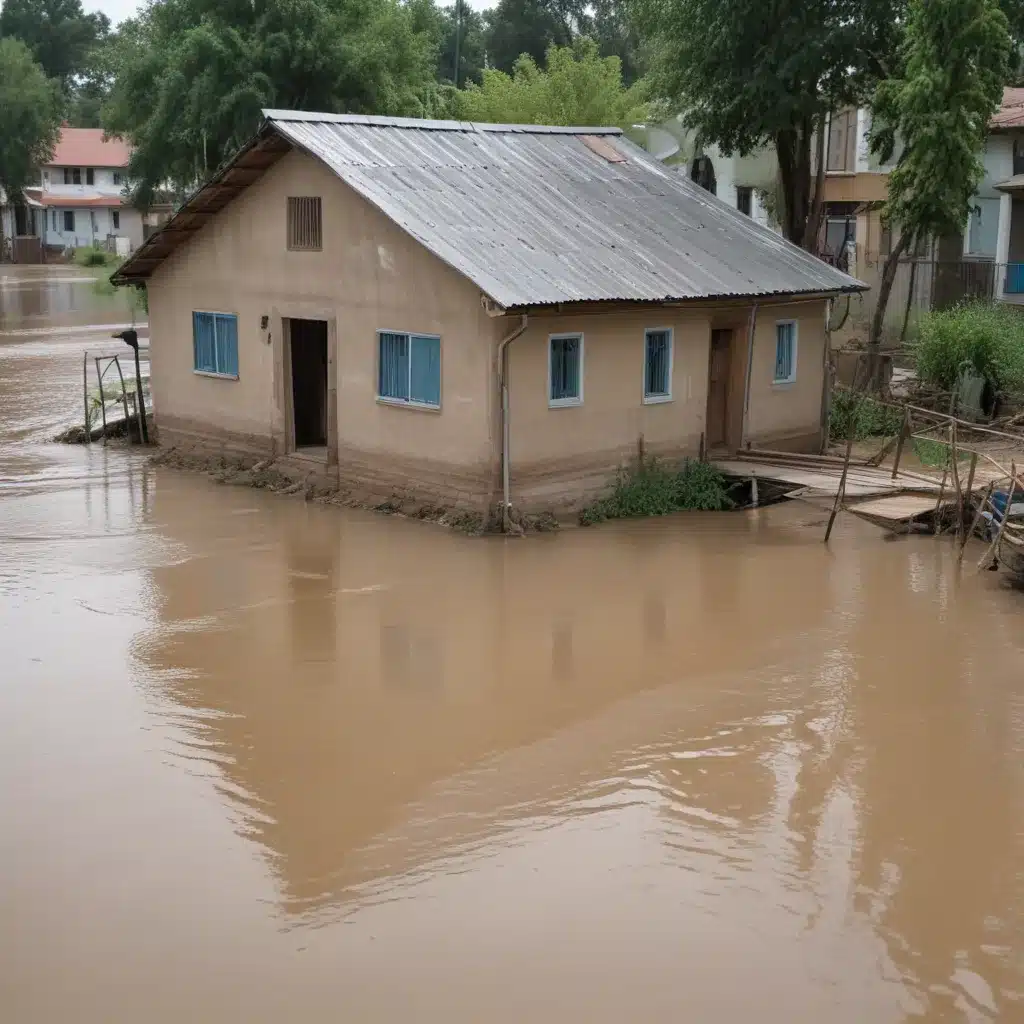Climate change has become one of the most pressing issues of our time, with its far-reaching impacts affecting various aspects of our lives. One of the lesser-known consequences of climate change is the increased risk of flooding in urban areas. As global temperatures continue to rise and weather patterns become more unpredictable, it is crucial to understand the hidden dangers associated with climate change and its impact on urban flood risks. In this article, we will delve into the causes, impacts, and potential solutions to mitigate flood risks in urban areas.

Understanding the Causes of Increased Flood Risks
Climate change is primarily driven by the accumulation of greenhouse gases in the atmosphere, resulting from human activities such as burning fossil fuels and deforestation. These greenhouse gases, including carbon dioxide and methane, trap heat and contribute to the warming of the Earth’s surface. As a consequence, the planet experiences a range of climatic changes, including increased precipitation and more frequent extreme weather events.
Urban areas, with their dense infrastructure and impervious surfaces, are particularly vulnerable to flooding. The rapid urbanization and expansion of cities have replaced natural land surfaces with concrete, asphalt, and buildings, reducing the ability of the land to absorb rainfall. This phenomenon, known as the urban heat island effect, exacerbates flooding by preventing water from infiltrating into the ground.
The Impacts of Climate Change on Urban Flooding
The link between climate change and urban flooding is evident through the increasing frequency and severity of flood events in many parts of the world. As temperatures rise, the atmosphere can hold more moisture, leading to intensified rainfall. Urban areas, lacking natural drainage systems, struggle to cope with the excessive influx of water, resulting in overflowing rivers, overwhelmed stormwater drains, and inundated streets.
The consequences of urban flooding are far-reaching and devastating. Infrastructure damage, including roads, bridges, and buildings, can incur substantial economic costs. Moreover, flooding poses significant risks to human health, as contaminated water can spread diseases and cause waterborne illnesses. Displacement of populations, disruptions to essential services, and environmental degradation are additional consequences that further compound the impacts of urban flooding.
Adapting to Climate Change and Mitigating Flood Risks
Addressing the challenges posed by climate change and mitigating flood risks in urban areas requires a multi-faceted approach. Here are some key strategies that can help adapt to the changing climate and reduce flood vulnerabilities:
1. Implementing Green Infrastructure
Integrating green infrastructure into urban planning and design can significantly reduce flood risks. Green roofs, permeable pavements, and rain gardens are examples of nature-based solutions that enhance stormwater management. By mimicking natural processes, these infrastructure features help retain and absorb rainfall, reducing the volume and speed of runoff.
2. Enhancing Urban Drainage Systems
Investing in robust and resilient urban drainage systems is crucial for mitigating flood risks. Upgrading and expanding stormwater infrastructure, including drainage pipes, channels, and storage basins, can improve the capacity to handle excess water during intense rainfall events. Implementing smart technologies, such as real-time monitoring and adaptive control systems, can optimize the efficiency of drainage systems.
3. Promoting Sustainable Land Use Practices
Encouraging sustainable land use practices is essential for reducing flood risks in urban areas. Preserving natural areas, wetlands, and floodplains helps maintain natural drainage systems and provides valuable green spaces. Restricting development in high-risk flood zones and implementing zoning regulations can also minimize exposure to flood hazards.
4. Educating and Engaging Communities
Raising awareness and educating communities about flood risks and climate change is crucial for building resilience. Providing access to information, resources, and training on flood preparedness and response can empower individuals and communities to take proactive measures. Engaging local stakeholders, including residents, businesses, and community organizations, fosters a sense of ownership and collective action.
Conclusion
As the consequences of climate change become increasingly evident, it is imperative to address the hidden dangers associated with increased flood risks in urban areas. By understanding the causes, impacts, and potential solutions, we can work towards building more resilient cities that are better equipped to adapt to the changing climate. Implementing green infrastructure, enhancing drainage systems, promoting sustainable land use practices, and engaging communities are essential steps in mitigating flood risks and securing a safer future for urban areas. Let us join forces to tackle the challenges posed by climate change and protect our cities from the hidden dangers of flooding.

